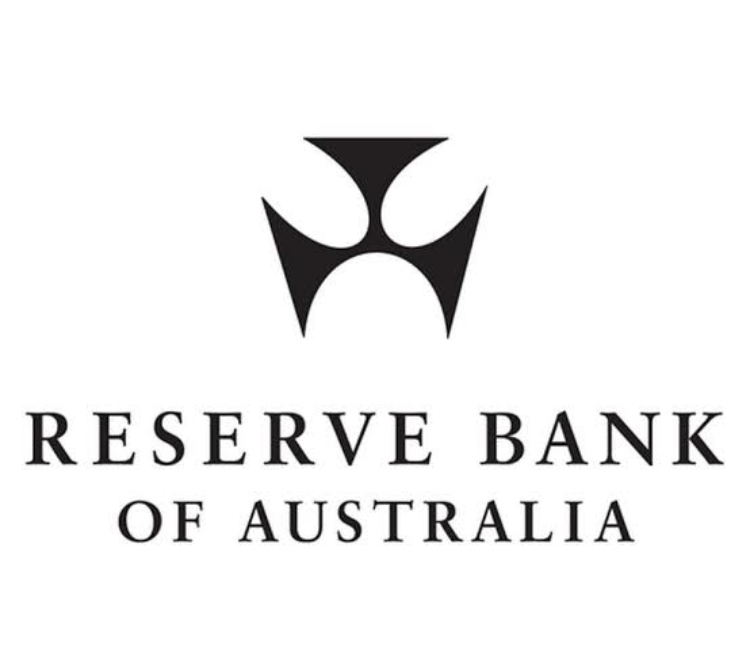The Reserve Bank has continued to push back against market pricing of official interest rate hikes in 2022 but acknowledged that the risks to its inflation forecasts were “shifting upwards”
Minutes from the RBA’s November board meeting – where it abandoned its pandemic-era target of 10 basis points for the April 2024 bond – said the risks to the inflation forecast had “changed” with the main uncertainties related to the persistence of disruptions to global supply chains and to the behaviour of wages at the lowest unemployment rate in decades.
But the central bank reiterated that for inflation to stay up in its 2 to 3 per cent target band, the labour market would need to be tight enough to generate “materially higher wages growth”
Wednesday’s release of Australia’s Wage Price Index for the September quarter was expected to show year-on-year growth at a more than two-year high of 2.2 per cent
But that would still be well shy of the 3 per cent level RBA Governor Philip Lowe has nominated as the minimum needed to sustain inflation around the middle of the target band. Wages growth has not exceeded 3 per cent since the resources boom in 2013
In the Q&A of his Australian Business Economists speech Recent Trends in Inflation, Dr Lowe said a lift in the official cash rate in 2022 seemed a “very, very low probability”
Investors may be expecting rate hikes next year because they mistakenly thought the RBA would increase rates to “stamp out the rises in house prices”
“That’s not in our reaction function, so if you think that’s why we’re going to raise interest rates next year, I would encourage you to rethink,” Dr Lowe said.
“The other possibility is that you think that inflation is going to pick up much more quickly and you think that our condition for meeting the cash rate will be met next year,” he added.
“We can’t rule that out – I can’t say that has a zero probability, but I think it has a very low probability because it would require wages growth to pick up very substantially … above 3 per cent.
The RBA would “look through” a rise in core inflation to 3 per cent or higher that was not accompanied by much stronger wages growth and inflation of 3 per cent or above would not be sustained by supply-side pressures alone, according to Dr Lowe.

